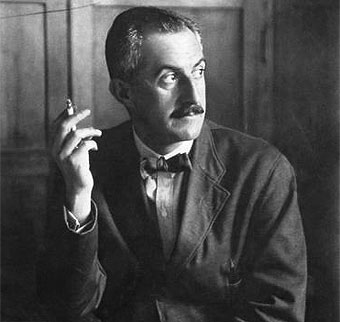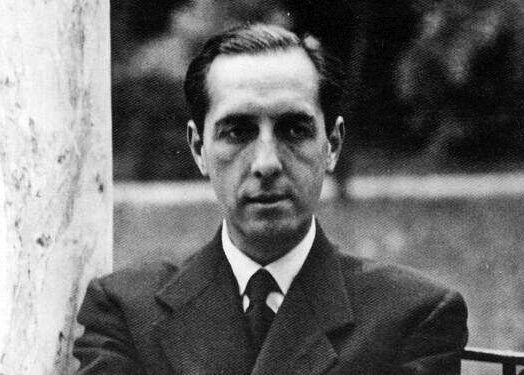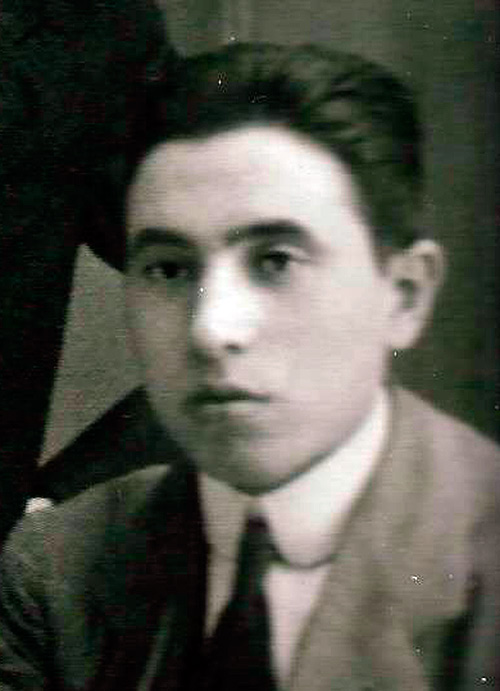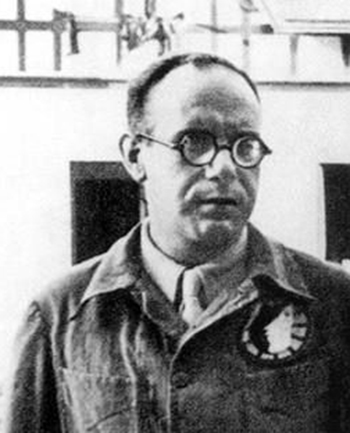Poet, archivist, art historian, columnist and painter, he was born in Malaga on February 16, 1887 and died in exile in Mexico on April 25, 1955. He was linked to Federico García Lorca and other intellectuals of the Generation of ’27 through the Residencia de Estudiantes (Students’ Residence) and the Institución Libre de Enseñanza (Free Teaching Institution). He is the author of numerous books of poetry, essays and criticism and of an autobiography, Clear Life, which contains many clues about his fellow generation and the difficulties of exile.
He belonged to a conservative bourgeois family from Málaga: his father, José Moreno Castañeda, was a member of the National Monarchist Union, the party that prolonged the ideas of the Patriotic Union, the official formation of the Dictatorship of Miguel Primo de Rivera, to which José Calvo Sotelo, Ramiro de Maeztu and José de Yanguas belonged. His grandfather, Miguel Moreno Mazón, was the conservative mayor of Málaga. Moreno Villa’s parents, who were involved in the Málaga wine trade, decided that he should study chemistry in Germany so that he could cooperate in the business. However, he did not succeed in his studies and his stay in Germany served him rather to connect with the writers and intellectuals of that country.
In his autobiography he recalls the Residencia de Estudiantes: “Federico […] came seasonally, in an irregular way. Sometimes he stayed for a whole year. Not all the students liked him. Some sensed his defect and stayed away from him. However, when he opened the piano and began to sing, they all lost their strength.”
In his native Málaga he became acquainted with the young poets who, in the 1920s, put into circulation the magazine Litoral (José María Hinojosa, Emilio Prados and Manuel Altolaguirre) in which many of the writers of the Generation of ’27 collaborated. In 1910, he went to Madrid to study art at the Institución Libre de Enseñanza, while attending the Residencia de Estudiantes where he met Benjamín Palencia and, later, García Lorca, Dalí and Buñuel. Moreno Villa was the one who suggested to Lorca the theme of the mutabilis rose that appears in Dona Rosita the Spinster.
In his autobiography he portrays the environment he knew: “I think that the years between nineteen twenty and twenty-seven were the most interesting in the Residencia. Those were the years when García Lorca, Salvador Dalí, Emilio Prados, Luis Buñuel, Pepín Bello and other youthful spirits full of witticisms met up there. Federico […] came seasonally, irregularly. Sometimes he stayed for a whole year. Not all the students liked him. Some sensed his defect and stayed away from him. However, when he opened the piano and began to sing, they all lost their strength”.
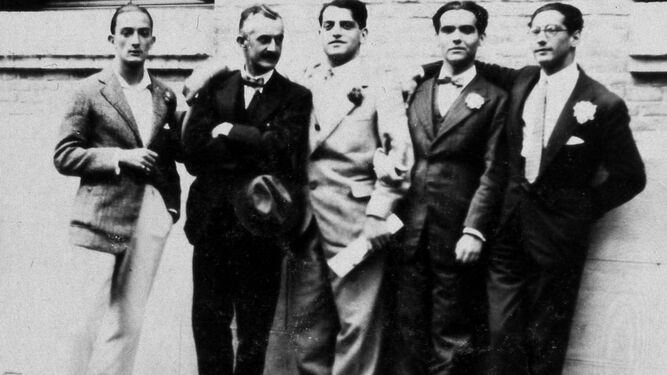
From that period his most recognized book is Jacinta the Redhead, an ironic biographical poem based on his relationship with Florence, a young New Yorker who landed in Madrid and with whom he fell blindly in love to the point that they both traveled to America to meet the girl’s family with the idea of getting married. The disappointment was colossal and Moreno Villa fled in terror to Spain. As an art historian he translated from German the book Fundamental Concepts in the History of Art by Heinrich Wölfflin and was the first architecture critic of the newspaper El Sol.
He was one of the last holdouts at the Residencia de Estudiantes after the Civil War. He left the Colina de los Chopos in November 1936: “I left Madrid [on my way to Valencia] as an exile, at the mercy of chance and bandits,” he writes. The Civil War, however, increased his commitment to the Second Republic, which led him into exile, first in the United States and then in Mexico. In this country he published several books of memories that make up his autobiographical works: the memoirs, Clear Life (1944), which would be expanded in the following years with Mixed up Stories (1950-1952), Mexican and Foregn Friendships (1950-1952), Memories and Recollections (1937-1955), Travel Journal (1937-1955) plus other Unfinished Memoirs, all published under the title Memoir by the Mexican College and the Residencia de Estudiantes in 2011.
